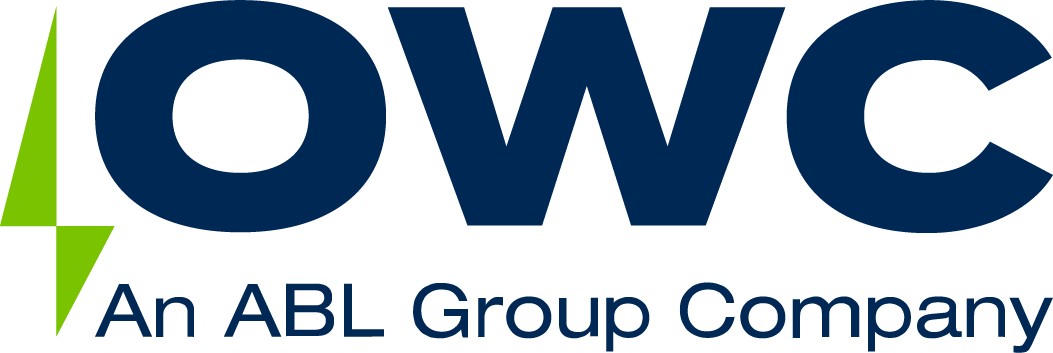Winds of Change: De-risking Opportunities with Chinese OEMs in the European Offshore Wind Supply Chain
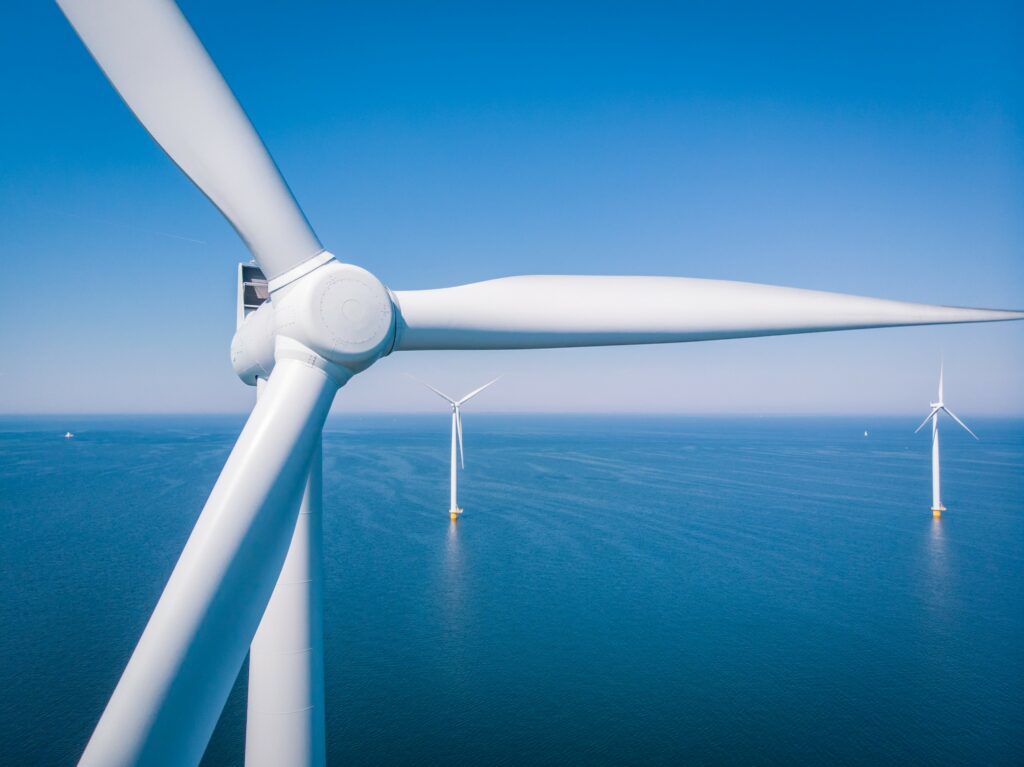
As Europe intensifies its offshore wind ambitions to meet net-zero targets, developers are under growing pressure to reduce costs and secure resilient, future-proof supply chains. One emerging opportunity lies in the rise of Chinese wind turbine OEMs, who are offering increasingly attractive commercial and technical propositions. However, despite their global momentum, market hesitation remains, driven by concerns around bankability, regulatory compliance, and operational integration.
To explore these dynamics, OWC hosted a high-level technical briefing and panel discussion at its global headquarters in London:
“Winds of Change: Europe and the Rise of Chinese OEMs.”
The event brought together a panel of industry leaders from Flotation Energy, the Chinese Wind Energy Association, and SCOR.
Opening with a presentation by OWC’s Innovation Director, Tim Camp, and moderated by Zheming Li, Regional Director for the UK and Ireland, the session unpacked the strategic drivers behind Chinese OEMs’ expansion into Europe – and the critical steps needed to de-risk their integration into European offshore wind projects.
Key Insights from the Event
1. Competitive Advantage of Chinese OEMs
- Commercial edge: Chinese OEMs are offering highly competitive terms – lower CAPEX, attractive service agreements, and deferred payment options.
- Technical innovation: While European OEMs are slowing new product rollouts, Chinese manufacturers are pushing ahead with 25 – 26MW prototypes.
- Floating wind potential: European OEM reluctance to offer wind turbines to floating wind projects creates a growing opportunity for Asian OEMs to lead in this space.
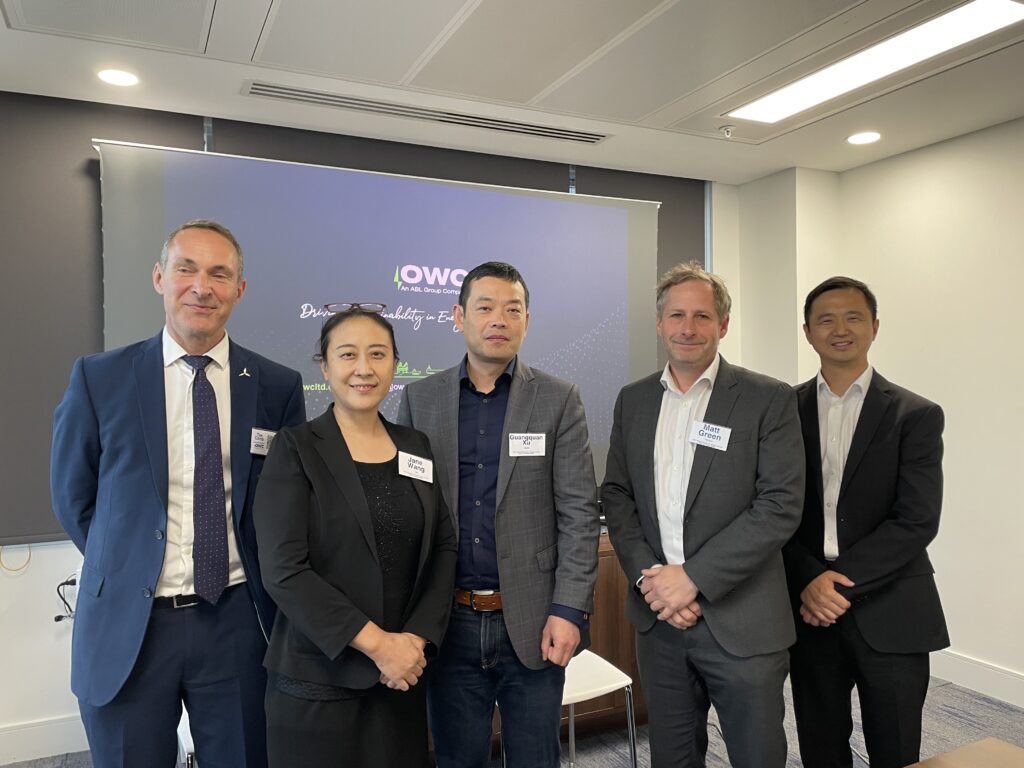
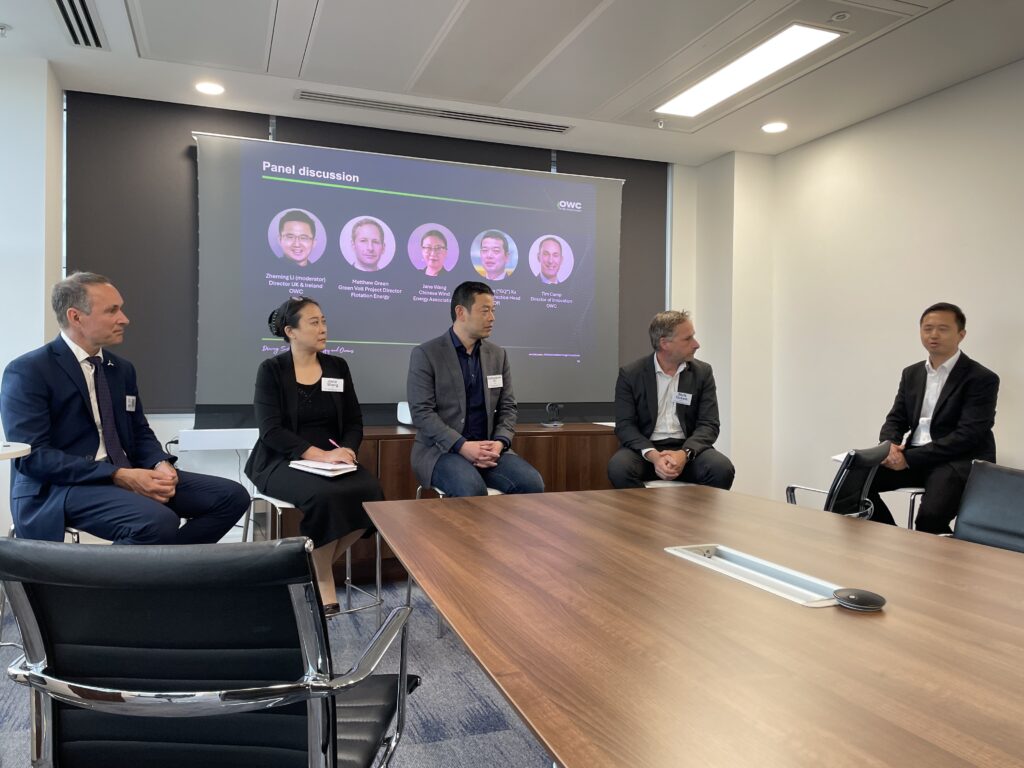
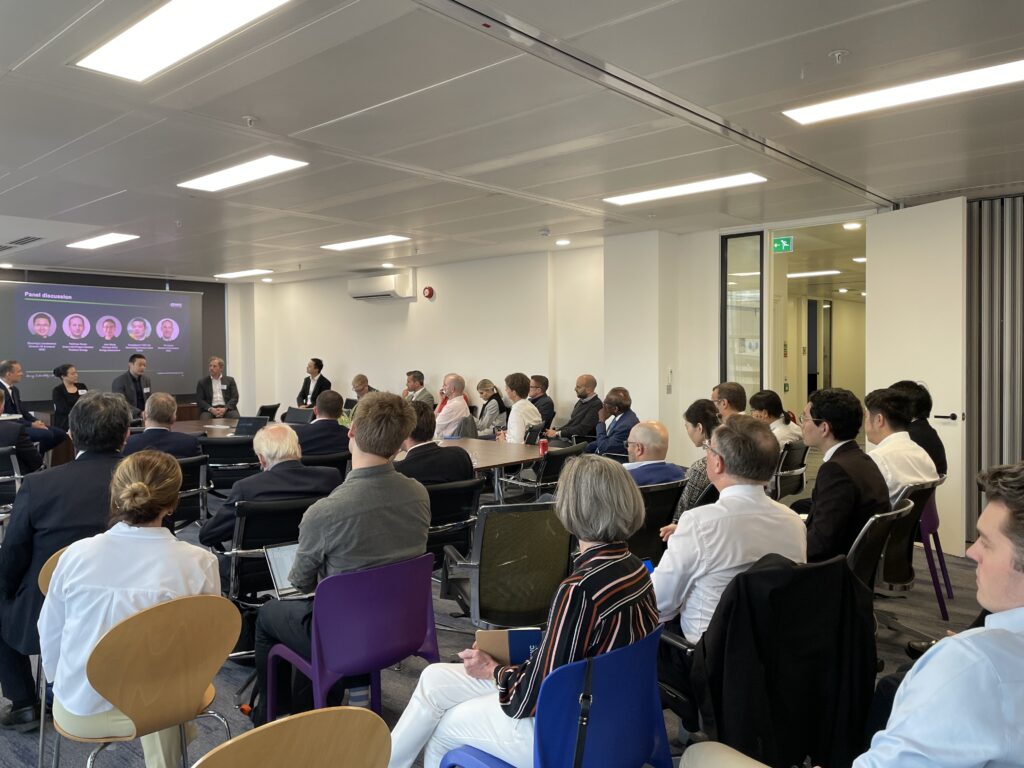
2. Market Entry Challenges
Despite their strengths, Chinese OEMs face several barriers to entry in Europe:
- Bankability concerns: Including certification, quality, cybersecurity, political risk, and contract enforceability.
- Operational limitations: Such as limited local O&M infrastructure, spare parts availability, and SCADA integration.
- Regulatory scrutiny: Including potential tariffs, cyber security and the EU Corporate Sustainability Due Diligence Directive.
3. Developer Considerations
While the value proposition is attractive, developers must conduct rigorous technical due diligence to avoid pitfalls. This includes evaluating OEM track records, HSEQ processes, product technology maturity, and alignment with European standards. Technical and contractual interface management are also key to successful cross-border collaboration.
OWC’s Expert Solutions
With a track record spanning over 300 offshore wind projects globally, OWC is uniquely positioned to support developers in navigating this evolving landscape. Our services include:
- Technical Due Diligence: Comprehensive reviews of turbine technology, OEM systems, and site audits to assess reliability and compliance.
- Contractual Support: Expert negotiation of PSA, TSA, and SMA agreements to ensure robust commercial and technical protections.
- Interface & Package Management: End-to-end management of WTG and foundation packages, from pre-FEED to detailed design.
- Strategic Advisory: Optimisation of construction and O&M strategies, including harbour planning and integration scopes.
We also offer secondment of experienced professionals into client teams, ranging from WTG engineers to contract and interface managers.
Conclusion: East winds offer potential
Chinese OEMs present a unique opportunity to diversify and strengthen the European offshore wind supply chain. But with opportunity comes complexity.
OWC’s deep technical expertise, global perspective, and local insight make us a trusted partner in unlocking bankable, de-risked solutions for developers, investors, and lenders alike.
Discover More | Supporting Wind Farm Developers with Chinese OEM Engagement
Download our capability statement or connect with our expert team to discover how OWC can help de-risk and unlock opportunities for engagement with Chinese OEMs in the European offshore wind market.
